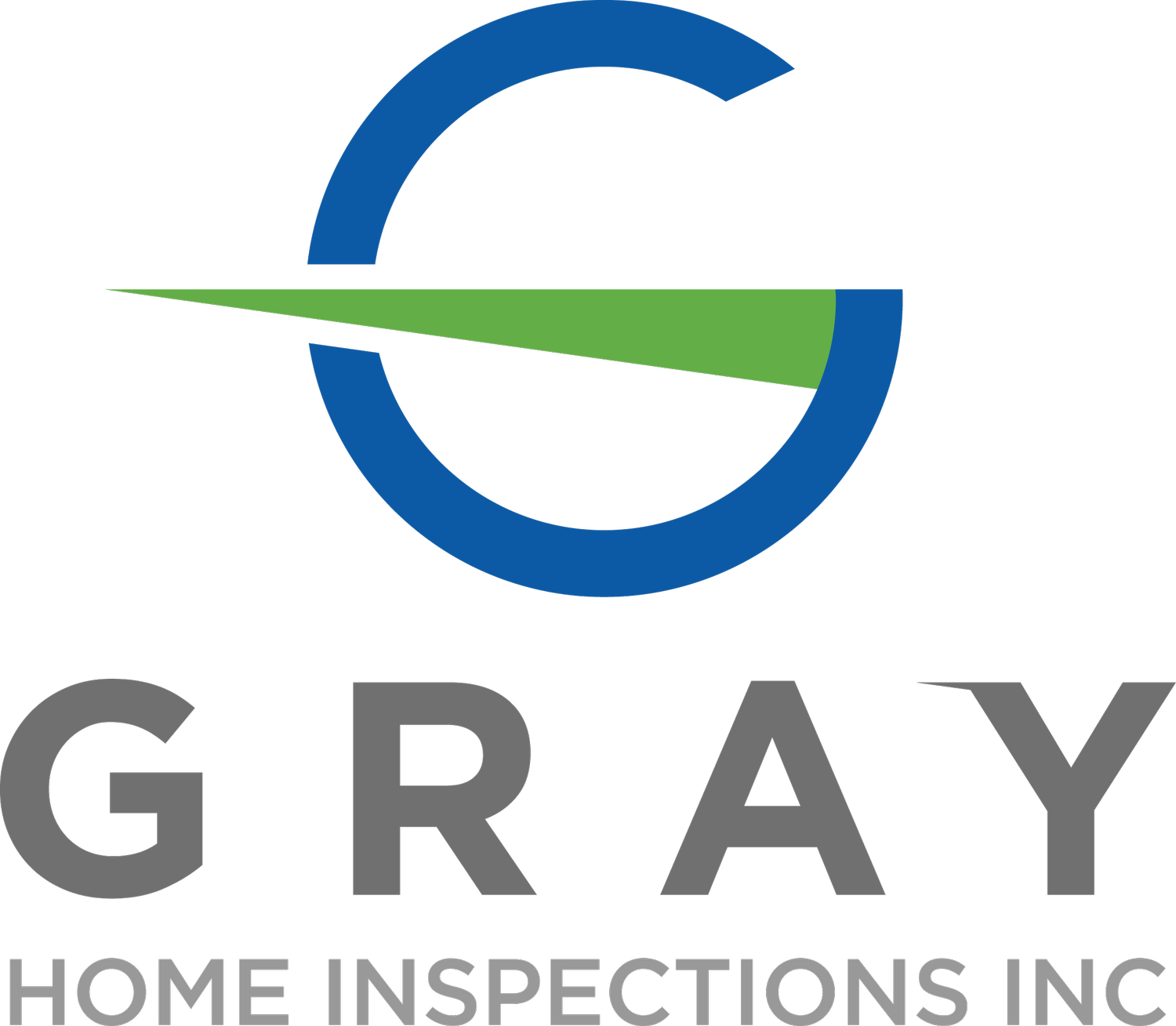Environmental Concerns to Look for During Property Inspections
When conducting a property inspection, it's important to not only assess the structural and functional aspects of the property but also to be mindful of potential environmental concerns. Environmental issues can affect the health and safety of occupants and have long-term implications for the property's value. In this blog, we will discuss key environmental concerns to look for during property inspections to ensure a comprehensive evaluation of the property's condition.
- Asbestos:
Asbestos is a hazardous material commonly found in older homes. It was used in insulation, flooring, roofing materials, and other building components. Exposure to asbestos fibers can lead to serious health conditions, including lung diseases and cancer. During property inspections, it's essential to identify any presence of asbestos-containing materials and recommend proper remediation or removal by qualified professionals.
- Mold and Mildew:
Mold and mildew growth can occur due to moisture issues, such as leaks or inadequate ventilation. Mold can adversely affect indoor air quality and cause respiratory problems. Inspectors should be vigilant in identifying signs of mold, such as visible growth, musty odors, or water stains on walls or ceilings. Proper remediation measures should be suggested to eliminate the source of moisture and address any existing mold problems.
- Radon Gas:
Radon is a radioactive gas that can be found in the soil and can enter homes through cracks and gaps in the foundation. Prolonged exposure to high levels of radon can lead to lung cancer. During inspections, measuring radon levels should be prioritized to ensure the property is within safe limits. If elevated levels are detected, mitigation techniques can be recommended to reduce radon concentrations.
- Lead-Based Paint:
Homes built before 1978 may contain lead-based paint, which poses a health risk, especially to young children. Inspectors should look for signs of deteriorating paint, peeling, or chipping surfaces. If lead-based paint is present, proper abatement or encapsulation methods should be suggested to minimize the risk of lead exposure.
- Underground Storage Tanks:
Properties that had previous uses such as gas stations or commercial facilities might have underground storage tanks (USTs) for fuel or other substances. These tanks can leak and contaminate the soil and groundwater with hazardous materials. It's important to inspect the property for any evidence of buried USTs and recommend their proper removal or remediation to prevent environmental contamination.
- Water Quality:
Water quality assessments are essential, especially for properties with private wells or older plumbing systems. Inspections should include water testing for contaminants such as bacteria, heavy metals, or chemicals. This ensures that the water supply is safe for consumption and meets regulatory standards.
- Hazardous Materials:
Other hazardous materials that may be present in a property include lead in plumbing pipes, formaldehyde in building materials, or volatile organic compounds (VOCs) emitted from certain products or finishes. Inspectors should be knowledgeable about potential sources of these materials and recommend appropriate actions if their presence is detected.
Considering environmental concerns during property inspections is vital for the well-being of occupants and the long-term value of the property. Asbestos, mold, radon, lead-based paint, underground storage tanks, water quality, and hazardous materials are among the key issues to assess during inspections. Identifying and addressing these concerns early on can help mitigate risks, ensure a healthier living environment, and protect the property's value. Working with qualified professionals and following appropriate remediation or mitigation measures will contribute to a safer and more sustainable property for future occupants.
